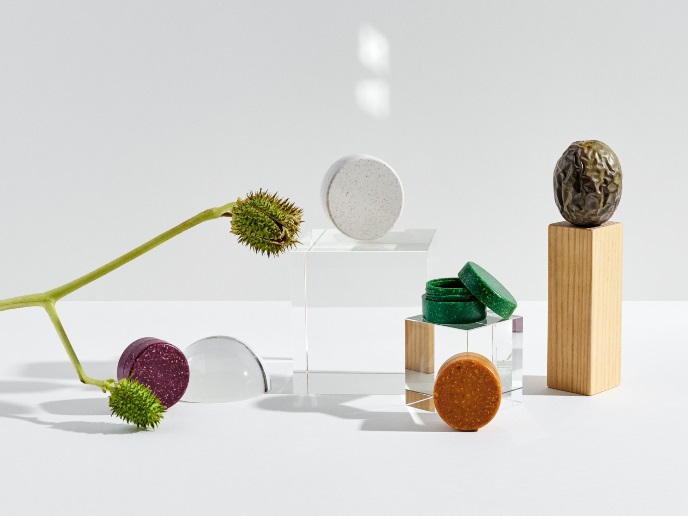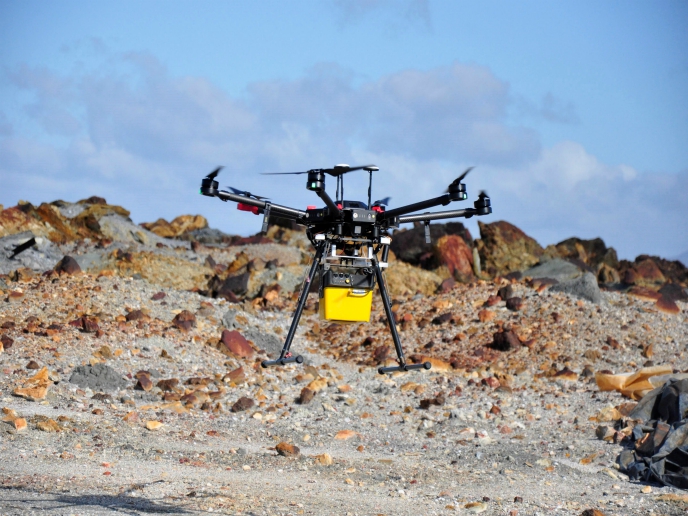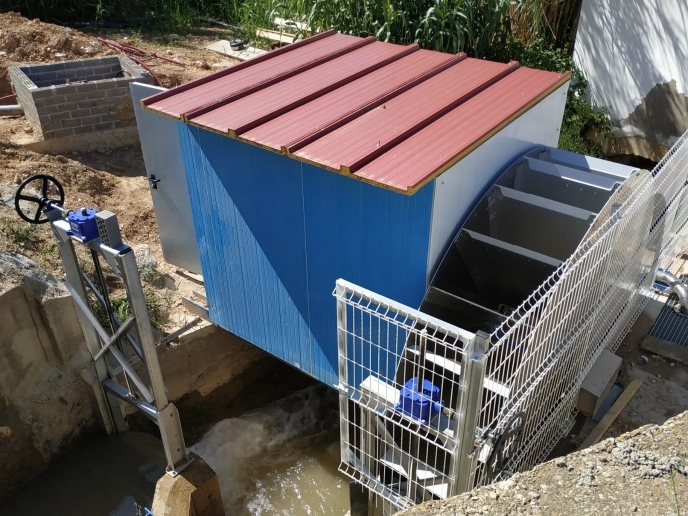Novel, cost-effective materials could replace stainless steel
New intermetallic materials could substitute stainless steel in many important industrial products, particularly for use in extreme conditions where they need to be resistant to wear and corrosion. Existing iron-aluminide intermetallics combine the properties of metals and ceramics but are difficult to translate into real products as they are not as ductile as stainless steel or as easily machinable or weldable compared to other metals. “We want these new materials to have the properties of traditional intermetallics – high hardness, relatively low density and high corrosion and erosion resistance, but to give them some new properties,” explains project coordinator Costas Charitidis, professor of chemical engineering at the National Technical University of Athens. “If they are less brittle and can be fully or partly weldable, then they can perfectly substitute highly ductile stainless steel, but being harder and lighter they would be better,” Charitidis says. New materials were developed under the EQUINOX project. The team built a porous preform, like a sponge, which was then infiltrated with liquid aluminium or iron-aluminium melts. These metals are more abundant and cheaper than chromium – a critical and strategic raw material for Europe – used in stainless steel. “Another breakthrough is that we can machine these new intermetallic materials. We can also make moulds to produce the iron preforms that would imitate the shape of the final part,” explains Panagiotis Kavouras, senior researcher, National Technical University of Athens. “We have succeeded in creating complex-shaped bulk materials – not only bars or cylinders – with this process.”
Demonstrators
Two different demonstrators were built, and fitted for specific applications. One was a small car brake disc and the other an element for a liquid rocket engine. “These are real-world applications for the new intermetallic materials we developed,” Charitidis says. The car brake was tested in a simulated environment and also underwent salt spray tests as part of the standard procedure to test resistance to corrosion. The liquid rocket-engine part was tested for erosion. Patent applications for the two new processes, one for the production route of car brake discs and a different process for the blade part for the liquid rocket engine, have been filed. “These results demonstrate that the EQUINOX process has high potential, which will lead to actual industrial products,” Kavouras notes. “Even though the project started close to the level of fundamental research, we applied not only laboratory-scale testing but also industrial laboratory testing,” Kavouras says. “We are not at industrial scale yet. But we are close to pilot scale, which is a big leap.”
Major challenge
“During the last months of the project we succeeded in producing a highly ductile intermetallic material, so we have strong evidence that the EQUINOX process can lead to a real breakthrough,” he adds. A major challenge at the initial stages was investigating many different types of porous preforms and types of melts at different temperatures. The more than 2 000 combinations of different parameters were reduced to a few dozen options for experimental trial and error, by using elaborate modelling and simulation experiments. “The modelling and simulation were absolutely vital to the success of the project. These simulation steps saved us many years of arduous experimentation,” Kavouras says.
Keywords
EQUINOX, chromium, stainless steel, intermetallics, iron, aluminium, car brake, materials







